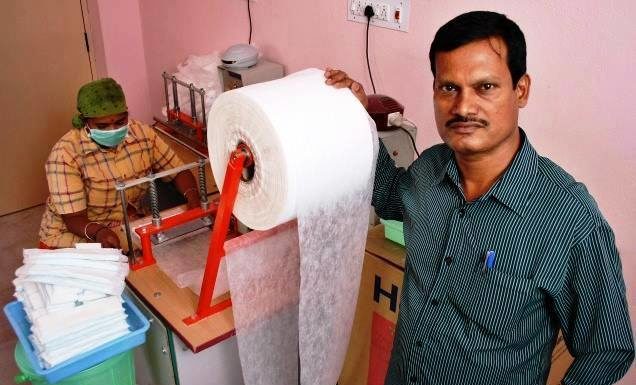The dictionary defines ‘Impulse’ as a sudden, strong and unreflective urge or desire to act. An impulse purchase, then, is a sudden and un-planned purchase, and like most things done ‘on an impulse’, it is something we often regret later. Indeed, impulse purchases not only clutter our houses, but they can even wreck the household budgets, so we should try and minimise them as much as possible.

The trick to this, many financial advisors say, is to make the ‘impulse’ part of the impulse purchase’ as difficult as possible. The more our minds are allowed to contemplate a purchase, the less likely we will go through with it if it is not really necessary.
Below are a few ways to avoid the trap of impulse purchases:
1. Just ask ‘why’
While shopping in the malls of the USA, where every retail trick possible is used to get shoppers to buy, the best defence we had was asking the question ‘why’ before putting anything in the shopping basket. ‘Why do I need this?’ This leads to the follow on question ‘What will I use it for?’, and in most cases, if there is no satisfactory answer to these two questions, the item will end up back on the shelf.
2. Pay using cash
Sometimes, though, we don’t ask that question, or even if we do, we find some justification. That means we should be thinking some more, and nothing makes us think more than looking at cash. In this age of plastic, with credit cards and debit cards ubiquitous, this may sound old-fashioned (and post-demonetisation, a tad rebellious), but when you make a payment by cash, you always take a last-minute re-think about whether you really need what you are buying.
3. Make your credit card a little difficult to access
Credit cards are designed to make you spend more than you have. In some ways they are the biggest impediments to your saving habit. Still, they are useful for making payments for petrol and utility bills, where there is often a discount offer for using a certain brand. But when it comes to shopping, they can be dangerous. So the best way to avoid using them is to make them just a little difficult to access. One trick you can use is to tie a rubberband around your credit card when you keep it in your wallet, maybe with a paper around it – with a printout of this article 😉 On a more serious note, use a card jacket or similar. Giving yourself even a few more seconds to think about a purchase can be a game-changer.
4. Do not ‘save card details’ on shopping sites
Most shopping websites now offer you the option of ‘saving your card details’. This saves you the trouble of going and fetching your card and typing out the number when making an online payment. But this option also enables impulse buying by making it too easy to complete a purchase – not quite a ‘one-click’ in India due to RBI regulations, but close. So simply – don’t. Ensure that every time you purchase something online you force yourself to type out the complete number, and you may well save yourself from many an unnecessary buy.
5. Set a financial threshold for discussion
One of the things that helps with avoiding big-value impulse buying is discussion with someone else. Set a rule within your household that for any expense above a certain limit, no family member may spend without first discussing with another. This ‘other’ could be a spouse or parent, or a close friend, but remember that when you have to discuss an expenditure, it means you have to mentally list out the reasons you need it, and those reasons can be challenged. Many an impulse purchase will be rejected at this stage!
6. Calculate the time in work-days
Ever wondered about the ‘real’ cost of a purchase? Here’s a hint. It isn’t measured in currency. That’s an arbitrary measure. Calculate, rather, how many days of work it takes to pay for a purchase. You can calculate your per-day earning easily enough if you earn a salary (monthly take-home pay divided by 22) or even if are self-employed by figuring out your average monthly income. Suppose the figure is Rs. 2,000/- and you are tempted to buy something worth Rs. 10,000. Don’t think of it as money, think of it was five days worth of your work and effort that you are putting into the purchase. The odds are you will not go for it unless you really need it badly.
7. The 30-day rule
When all else fails, start following a simple, but strict rule. For any non-essential purchase, keep a gap of 30 days from first seeing the item to buying it. Write the name of the item and paste it on your desk or refrigerator so you can’t avoid seeing it, and every day, ask yourself whether you need it. After 30 days of this, if the answer is still ‘yes’, you might as well go ahead. It’s not an impulse any more!
There is nothing wrong, remember, with the occasional indulgence, and no one wants to be a miser. But follow these tips and you will find that you are as happy as you were, just with less clutter in your house and more money in your wallet.






























